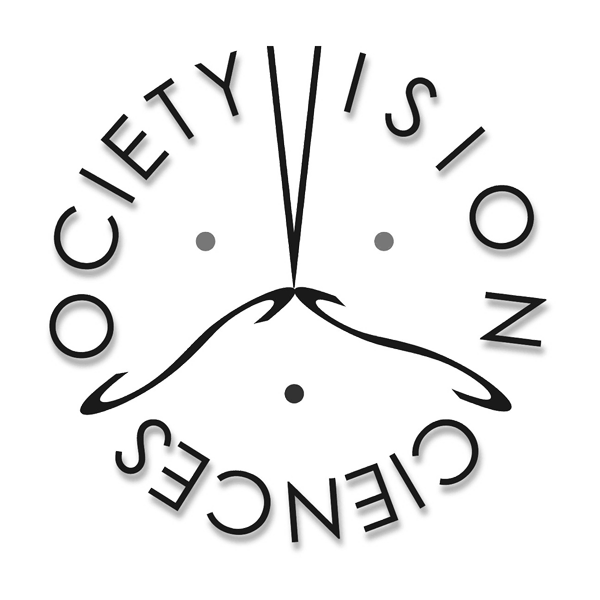Paria Mehrani presents “Border Ownership Assignment based on Dorsal and Horizontal Modulations” at VSS 2018

Venue: VSS 2018, Florida
Paper: Border Ownership Assignment based on Dorsal and Horizontal Modulations
Poster: https://osf.io/p4ygh/
Abstract:
The face-vase illusion introduced by Rubin (Rubin, 1915) demonstrates how one can switch back and forth between different interpretations by assigning borders to either side of contours in an image. Border ownership assignment is an important step in perception of forms. Zhou et al. (Zhou, Friedman, & von der Heydt, 2000) suggested that certain neurons in the visual cortex encode border ownership. They showed that the responses of these neurons not only depend on the local features present in their classical receptive fields, but also on the contextual information. Various models (Layton, Mingolla, & Yazdanbakhsh, 2012; Tschechne & Neumann, 2014) proposed employing feedback modulations for border ownership neurons as the neurons higher in the ventral stream have larger receptive fields and hence, can provide the required contextual information. Zhaoping (Zhaoping, 2005), however, suggested lateral connections could provide the required contextual information. The time course of border ownership neurons does not support feedback from higher layers in the ventral stream and that horizontal connections cannot be the only source of contextual information (Zhang & von der Heydt, 2010). In this study, we propose a model that provides the global information to border ownership neurons by incorporating modulatory signals from MT in the dorsal stream as well as horizontal connections. MT neurons are sensitive to spatiotemporal variations at coarser scales and have relatively large receptive fields. Moreover, they are computationally fast and fit well within the time course of border ownership computation (Schmolesky et al., 1998). Our simulation experiments show that our model border ownership neurons, similar to their biological counterparts, exhibit a difference of response to figure on either side of the border. Moreover, the difference in responses becomes smaller as the figure size increases and the responses are invariant to outlined and solid figures.”